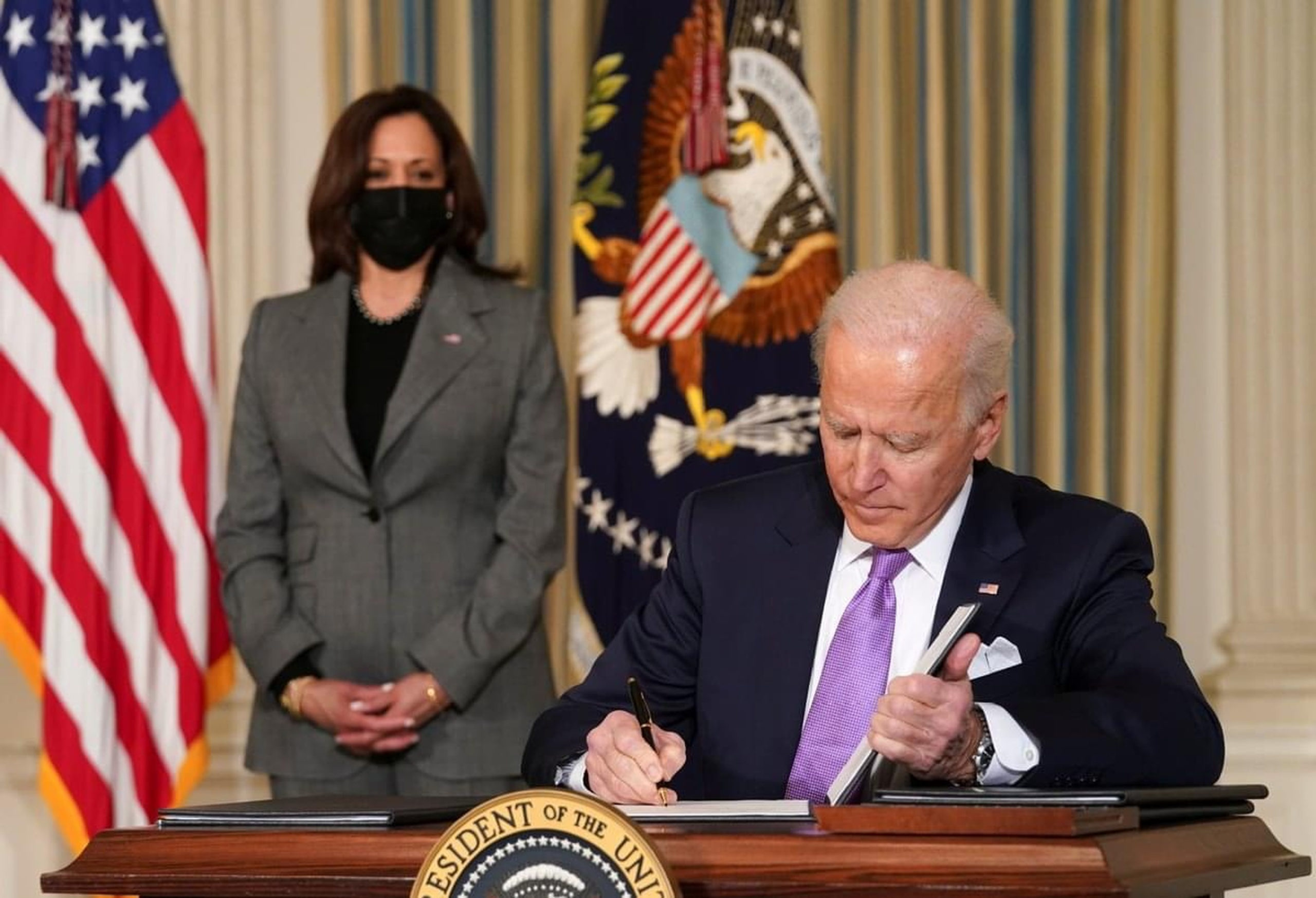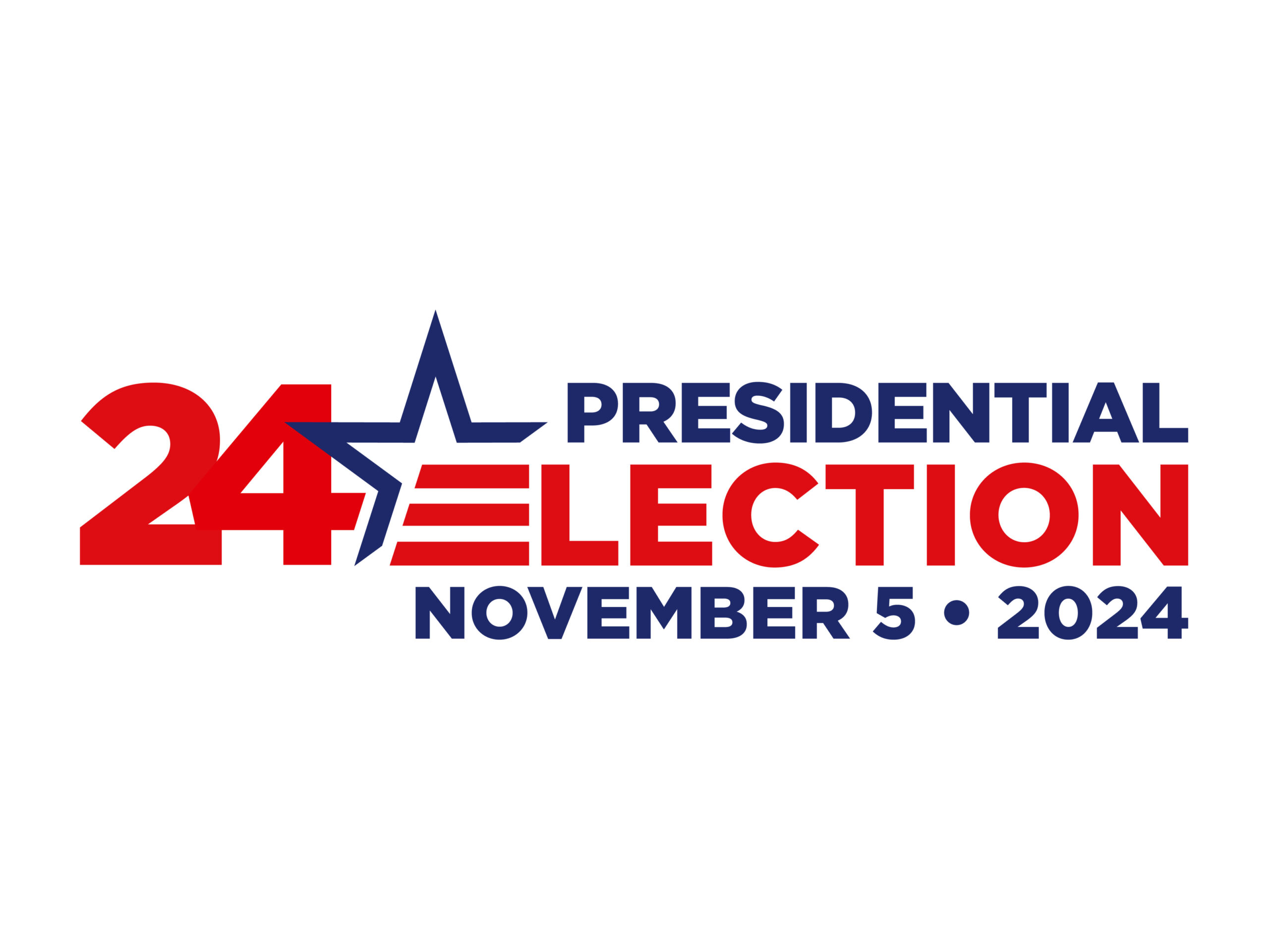Posts tagged union rate
The Next Wave Commentary: Kim Kavin
March 4, 2025 // In the wave of freelance busting that started with California’s Assembly Bill 5, the method of attack was the reclassification of independent contractors as employees. That method created massive backlash everywhere it was tried, so now, a new method is being tried. That new method is called sectoral organizing. This strategy of freelance busting in multiple states is usually a setup for a nationwide attack against us all. Independent contractors nationwide just learned this the hard way, with California’s Assembly Bill 5 ultimately leading to the introduction of the federal Protecting the Right to Organize Act. The freelance-busting brigade is, once again, doing a test run of its idea in the states, with bigger ambitions on the horizon.

‘Union Joe’ left labor movement weaker than it was
February 25, 2025 // As Dominic Pino pointed out last month in National Review, the overwhelming majority of workers in such fields as manufacturing, construction, mining, transportation and warehousing are not union members. Efforts to unionize employees attract disproportionate media cheerleading, especially when the unions target iconic American companies like Starbucks and Amazon. But there isn’t nearly as much coverage when workers in high-profile workplaces vote against joining a union — as they have recently at a Mercedes factory in Alabama, an Amazon warehouse in North Carolina and even Princeton University — or when scores of unions each year are decertified in workplace elections.

Commentary– Justin Hill: Protecting the Secret Ballot: A step forward for Mississippi’s workers and taxpayers
February 24, 2025 // this measure prohibits “neutrality agreements,” which can unfairly prevent employers from sharing information with their workers. Employees deserve the right to hear both sides of the issue rather than being presented with only the union’s perspective and talking points. Transparency is critical for workers to make informed decisions about their future. This legislation applies only to future economic incentives and union organizing efforts. It does not impact existing unions, current economic incentive agreements or subcontractors. Compliance with this law is straightforward and does not conflict with federal labor regulations. When a similar law was challenged in Arizona, the courts upheld the state’s right to protect the secret ballot process.
Pennsylvania union exodus reaches two-year high
February 18, 2025 //
Right-to-work facts vs. myths
February 12, 2025 // What’s become evident over the decades is that right-to-work laws are associated with statistically significant gains in employment, particularly manufacturing employment, job opportunities, population growth and economic growth. If New Hampshire adopts a right-to-work law, we would expect to see improvements in all of those areas, along with an improvement in state business tax revenues resulting from the additional business activity. As for freedom vs. coercion, workers have First Amendment rights not to associate with or fund membership organizations that they choose not to join. If workers want to join unions, they should be free to do so.

Sanders and Hawley’s Interest Rate Cap Would Ban Their Union Allies’ Credit Cards
February 10, 2025 // They should have checked with their union boss pals before taking such a position. Many major labor unions have deals with banks to offer branded credit cards as a member benefit. Some of them can charge interest rates in excess of the 25 percent rate Sanders finds extortionate, and nearly all of them charge higher than 10 percent. One of the most common credit card partnerships for unions is with Capital One, which offers a Union Plus Mastercard. It is marketed as “Built for Union Members. Backed by Union Members,” and accounts are limited to active or retired union members or their families.

Commentary: In New Record Low, Unionization Rate Falls to Single Digits in 2024
February 3, 2025 // By focusing on individual workers’ desires and on helping workers achieve long-term wage gains through increased productivity (which require allowing technology and automation that enhance productivity), unions could begin to reverse their decline. And policymakers can help prioritize workers’ rights and voices by allowing voluntary labor organizations and reducing government-imposed barriers to work.

The Facts About U.S. Union Membership
January 29, 2025 // The total number of workers who are union members is 14.3 million. Of those, 7 million are public sector workers, so roughly half of U.S. union members work for the government. The National Education Association reported to the Department of Labor that it had 2.8 million members in 2024. The American Federation of Teachers reported 1.8 million members. That means 32 percent of all U.S. union members are in the two major teachers’ unions.

What role will unions play in the 2024 presidential election? A visual guide
October 28, 2024 // Nearly a quarter of the workforce belonged to a union 40 years ago. Now that number is just over 10%. Though worker stoppages have kept up, labor union rates have steadily declined for decades. From 1983 to 2022, union membership fell by half, from 20.1% to 10.1%. "Union density reached a high of over 30% in the post-World War II decades in the 1950s and 1960s," said Kent Wong, director of the UCLA Labor Center.
Commentary: Union power in Illinois: Shrinking membership and surging political clout
October 18, 2024 // On their face, the slow decline of the unionization rate in the Illinois workforce and the obstacles to public sector unionization created by the Janus decision could raise questions about the long-term viability of the labor movement in Illinois. But a closer look shows labor unions in Illinois are politically stronger than ever.
